

Digital transparency and incentives for resilient landscape restoration
My Farm Trees (MFT) is a digital platform that supports forest landscape restoration by tracking every step of the process from seed collection to tree growth through blockchain-enabled transparency. It integrates three mobile applications for documenting and managing seed collection (My Farm Trees Collector), managing nurseries and seedlings production (My Farm Trees Nursery), and monitoring tree planting and natural regeneration (MyGeoFarm), all connected to a centralized online dashboard. The platform ensures traceability, quality control, and data verification, while enabling digital payments that reward farmers and communities for successful restoration outcomes. Developed by the Alliance of Bioversity International and CIAT, MFT helps link seed supplies, nurseries, and restoration practitioners, promoting the use of native tree / shrub species, improving livelihoods, and contributing to climate resilience and biodiversity conservation.
Pioneered in Cameroon and Kenya, MFT is being scaled in other African countries as well as Asia, Central and Latin America.
This technology is pre-validated.
The survival rate of seedlings planted using MFT technology
Annual benefits for the Seed collector
Annual benefits for the Nursery manager
Open source / open access
My Farm Trees (MFT) was developed to overcome major barriers to effective and inclusive forest landscape restoration (FLR). It addresses the following challenges:
Lack of diversity in native species and seed sources, which limits the ecological quality and resilience of restoration efforts.
Weak seed systems and poor market linkages between seed collectors, nurseries, and restoration initiatives.
Limited opportunities for entrepreneurial, farmer and community-led nurseries and livelihood diversification through restoration activities.
Limited technical knowledge and capacities of local communities to participate in forest landscape restoration activities and collect the benefits.
Gender imbalances in decision-making, implementation, and benefit distribution.
Absence of reliable frameworks to monitor and verify restoration success and tree survival over time.
Lack of transparent tools to ensure fair and equitable benefit-sharing among stakeholders such as smallholder farmers, seed collectors, and nursery managers.
By addressing these challenges, MFT establishes a transparent, inclusive, and data-driven system that strengthens seed supply chains, supports local entrepreneurship, and rewards verified restoration success.
- Safeguarding native tree diversity and establishing a digital information system of their genetic resources to promote sustainable use.
- Creating new value chains (e.g: collection, storage, processing, transport, distribution…) for native tree seeds
- Linking supply and demand for native trees species seeds in quantity and in quality
- Diversifying the production of seedlings of a big number of native tree species.
- Promoting entrepreneurial opportunities and interconnected networks of nurseries to supply the growing demand for good planting materials.
- Keeping records and managing nurseries operations with a digital tool
- Estimating carbon and ecosystem services benefits
- Payments of financial incentives for environmental services to communities and restoration practitioners
This technology benefits end users (smallholder farmers, community nurseries, restoration projects) by providing digital tools to plan, monitor, and manage tree planting effectively, improving restoration success and biodiversity.
Regarding the cost structure:
The platform requires investment in smartphones and data connectivity.
Training and ongoing technical support are essential but no licensing fees apply.
Estimate the economic and environmental benefits gained from improved tree survival and restored landscapes.
Adults 18 and over: Positive high
Everyone even illiterate and indigenous communities (such as the Baka in Cameroon) can use MFT apps to document seeds collection, tree planting and their maintenance, and receive financial incentives.
Others: Positive high
Indigenous communities in Cameroon and Malaysia are using My Farm Trees Collector to document seeds collection
The poor: Positive high
Most users and beneficiaries of the platform are smallholders’ farmers living in rural areas.
Under 18: Positive high
Youths are highly involved in seed collection activities with their smartphone and are earning revenues from that.
Women: Positive high
Women are heavily involved in the use of My Farm Trees in Cameroon and Kenya, and are collecting the reward for planting seedlings and ensuring their survival on farm or in the broader landscape. Many are also involved in seedlings production in nurseries.
Climate adaptability: Highly adaptable
All seedlings planted are assessed for threats related to climate changes as well as fire, habitat conversion, overexploitation and overgrazing.
Farmer climate change readiness: Significant improvement
We've trained farmers in each village on the importance of planting the right tree to the right place for the right purpose. By doing so we ensure that seedlings planted will grow well and provide later the different products and or ecosystem service expected from them to the communities.
Biodiversity: Positive impact on biodiversity
Very positive as we are mostly focused on planting useful native trees and shrubs species on farm / agroforestry systems (e.g. cacao, coffee, etc.), enriching degraded natural forests / sacred forests, and promoting assisted natural regeneration. We are also planting threatened tree species in community land especially in schools, churches and parcs.
Environmental health: Greatly improves environmental health
Having more trees in the landscape improves environment health.
Soil quality: Improves soil health and fertility
Some of the native tree species promoted improve soil fertility
Scaling Readiness describes how complete a technology’s development is and its ability to be scaled. It produces a score that measures a technology’s readiness along two axes: the level of maturity of the idea itself, and the level to which the technology has been used so far.
Each axis goes from 0 to 9 where 9 is the “ready-to-scale” status. For each technology profile in the e-catalogs we have documented the scaling readiness status from evidence given by the technology providers. The e-catalogs only showcase technologies for which the scaling readiness score is at least 8 for maturity of the idea and 7 for the level of use.
The graph below represents visually the scaling readiness status for this technology, you can see the label of each level by hovering your mouse cursor on the number.
Read more about scaling readiness ›
Uncontrolled environment: validated
Common use by intended users, in the real world
| Maturity of the idea | Level of use | |||||||||
| 9 | ||||||||||
| 8 | ||||||||||
| 7 | ||||||||||
| 6 | ||||||||||
| 5 | ||||||||||
| 4 | ||||||||||
| 3 | ||||||||||
| 2 | ||||||||||
| 1 | ||||||||||
| 1 | 2 | 3 | 4 | 5 | 6 | 7 | 8 | 9 | ||
| Country | Testing ongoing | Tested | Adopted |
|---|---|---|---|
| Benin | –No ongoing testing | Tested | –Not adopted |
| Burundi | –No ongoing testing | –Not tested | Adopted |
| Cameroon | –No ongoing testing | –Not tested | Adopted |
| Côte d’Ivoire | –No ongoing testing | Tested | –Not adopted |
| Ethiopia | –No ongoing testing | –Not tested | Adopted |
| Kenya | –No ongoing testing | –Not tested | Adopted |
| Uganda | –No ongoing testing | –Not tested | Adopted |
This technology can be used in the colored agro-ecological zones. Any zones shown in white are not suitable for this technology.
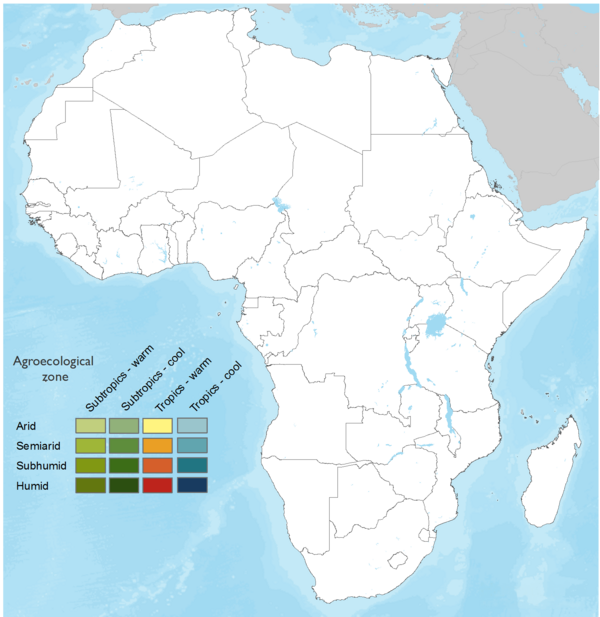


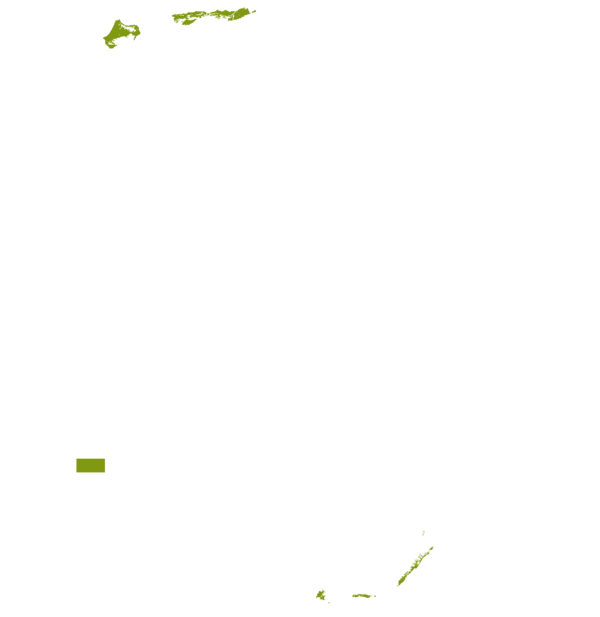


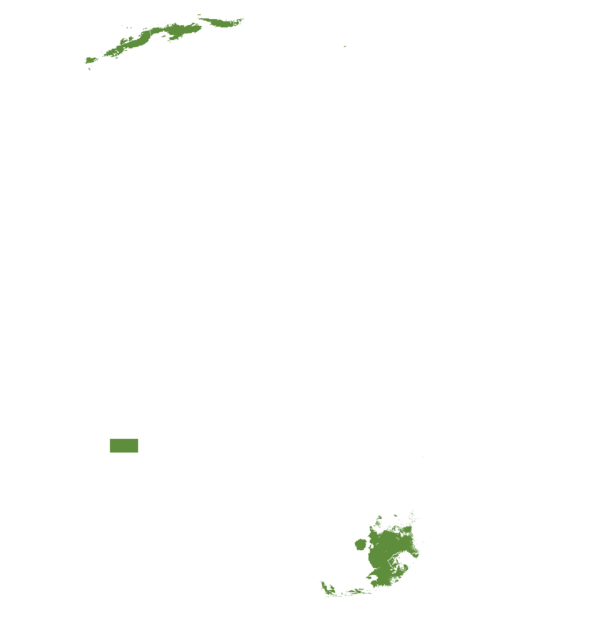
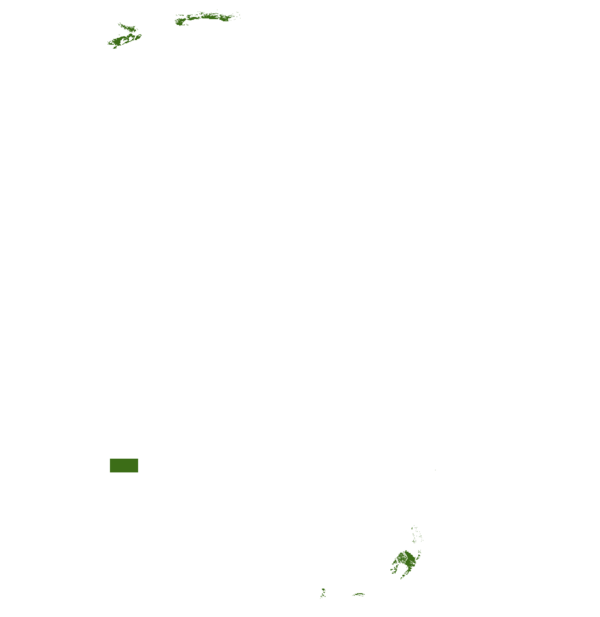

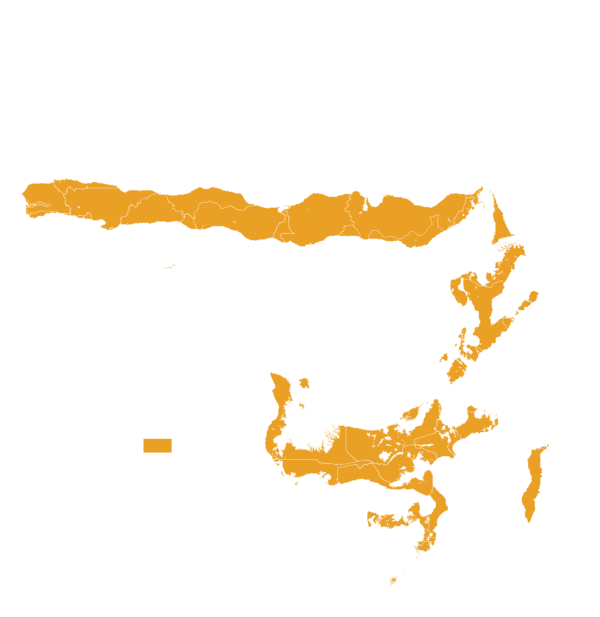


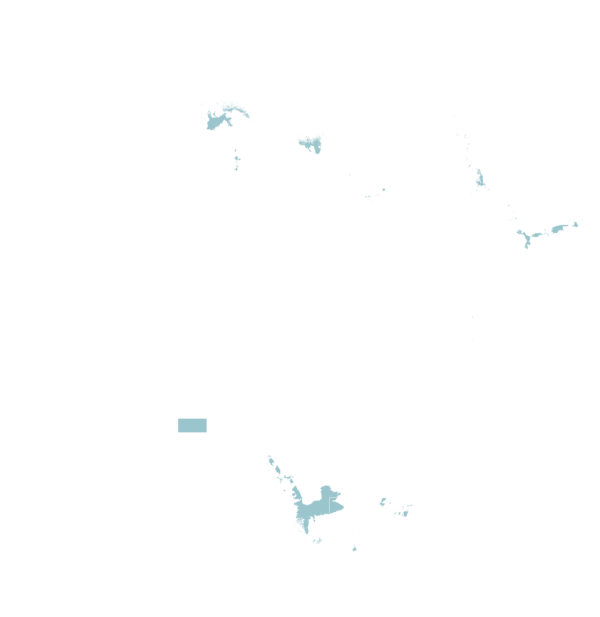

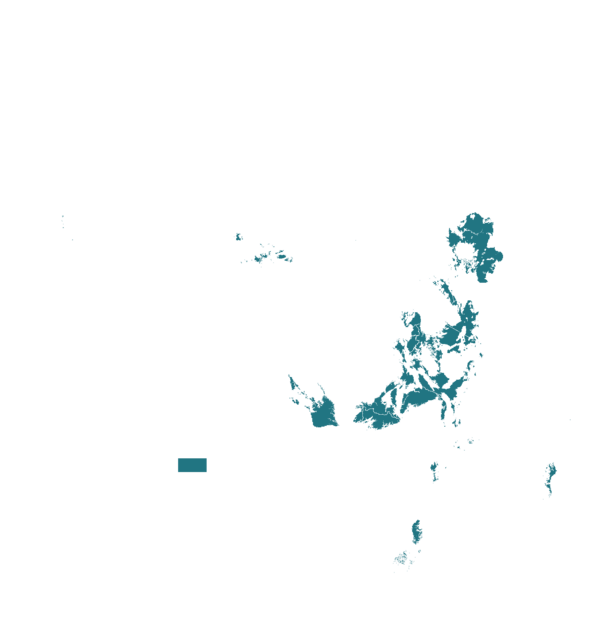

| AEZ | Subtropic - warm | Subtropic - cool | Tropic - warm | Tropic - cool |
|---|---|---|---|---|
| Arid | ||||
| Semiarid | ||||
| Subhumid | ||||
| Humid |
Source: HarvestChoice/IFPRI 2009
The United Nations Sustainable Development Goals that are applicable to this technology.

Involvement of women in tree seed system (e.g. seed collectors) as well as tree planting and monitoring

Everyone (including and indigenous communities, women, individual farmers, local communities, sacred forests) are involved in forest landscape restoration activities

By creating new value chain and by linking the supply and demand for native trees species germplasm (seed and seedlings), the platform is promoting responsible production and consumption and making landscape restoration resilient.

My Farm Trees is permitting to plant the right species to the right place for the right purpose. Each seedling planted is carefully assessed for different threats and vulnerability to climate change in the planting site.

My Farm Trees is promoting mostly the use of the vast diversity of native tree species and their seed sources in forest landscape restoration activities.
1. Download the apps in Play Store and create a profile
The 3 applications (MyFarmTrees Collector, MyFarmTrees Nursery, MyGeoFarm) are available on the Google Play Store. After installation, one will need to create a profil
2. MyFarmTrees Collector (The Seed Collection)
3. MyFarmTrees Nursery (The Nursery)
4. MyGeoFarm (Planting sites)
5. Geofarmer (My Farm Trees dashboard)
The web dashboard centralizes all data collected via the mobile applications.
Last updated on 19 November 2025